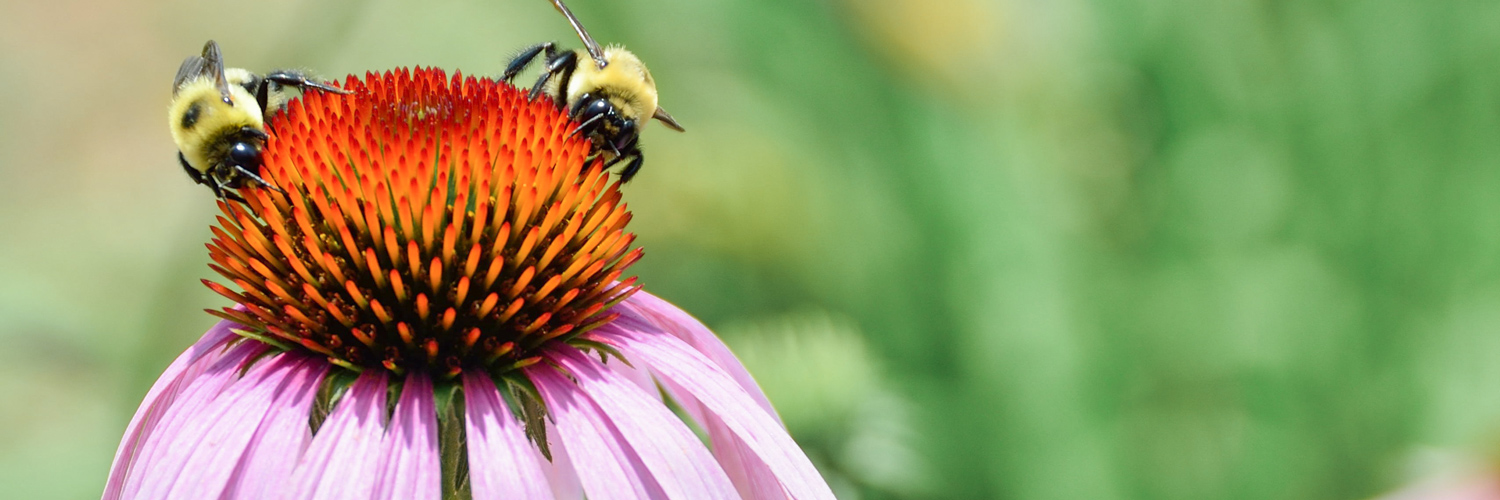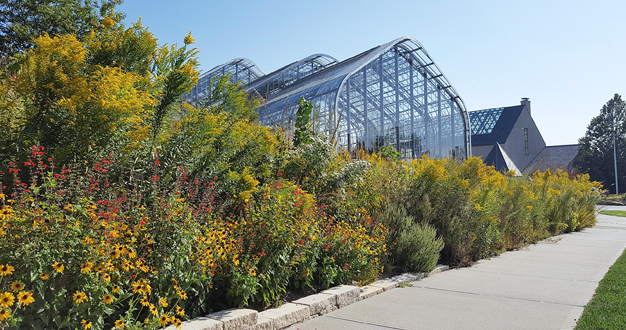
Did you know plants talk? And as it turns out, they’re pretty chatty too. The natural world is much more complex than we realize, and yes, even plants have a way of communicating with one another and the organisms around them. It’s just one of countless ways the natural world can surprise us as we continue to discover its countless intricacies. Here, we invite you to explore a few ways plants may surprise you with the language they speak.

A Silent Language
It’s hard to believe plants can speak, but it’s with a language we humans largely can’t perceive – a language spoken chemically. And it’s used to exchange a lot of valuable information. A pool of research has shown that plants release into the air a huge array of VOCs – volatile organic compounds – that allow them to communicate with other plants, micro-organisms, and insects.
These messages can be sent continually – or just in response to key events. They can occur in the air spaces above or below ground. And they can be released across extremely short spaces or over great distances, depending on the “conversation”. An entire field of scientific research is devoted to decoding this language, understanding how and why plants use VOCs to communicate.
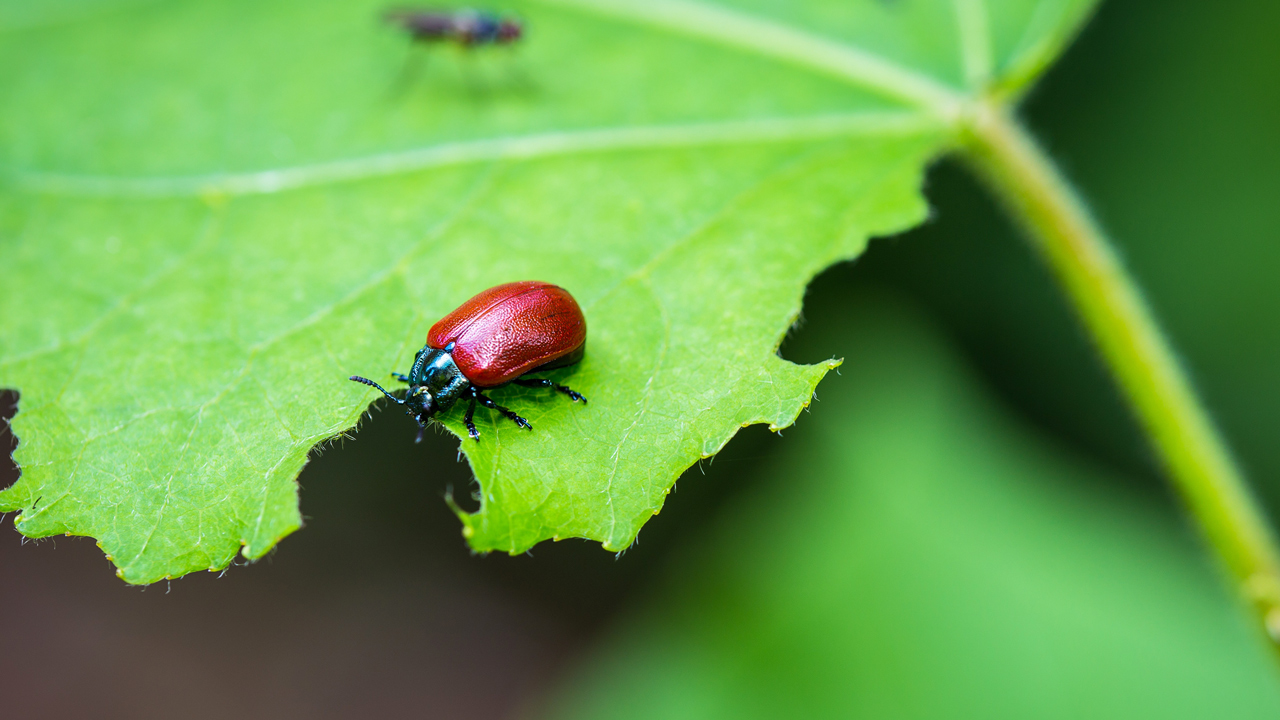
Defending Against Invasion
One of the most fascinating ways plants use VOCs is to mount a defensive response to an invasion of plant-chewing insects, infective bacteria, or other pathogens. And these VOCs not only induce a defense in the plant releasing them, but also trigger nearby plants to mount their own defenses too. And this chemical communication doesn’t happen just between plants of the same species either. In one example, wild tobacco can respond to the defensive language of sagebrush and prepare itself for a possible attack as well.

Attracting Natural Enemies
When a plant gets attacked, its VOCs can also send a signal to nearby allies – beneficial insects that help control problematic pests. Seems like a simple plan, but then it gets complicated. Some plant-eating insects carry along “radar-jamming” micro-organisms, which emit their own VOCs and mask those of the plant. And we thought gardens were so peaceful.
According to Benjamin Vogt, author of A New Garden Ethic, many other organisms can pick up these VOC messages too, like hummingbirds, ants, and tortoises. Whether this communication benefits the plant – or the listeners are just “eavesdropping” for their own purposes – is the subject of even more study.
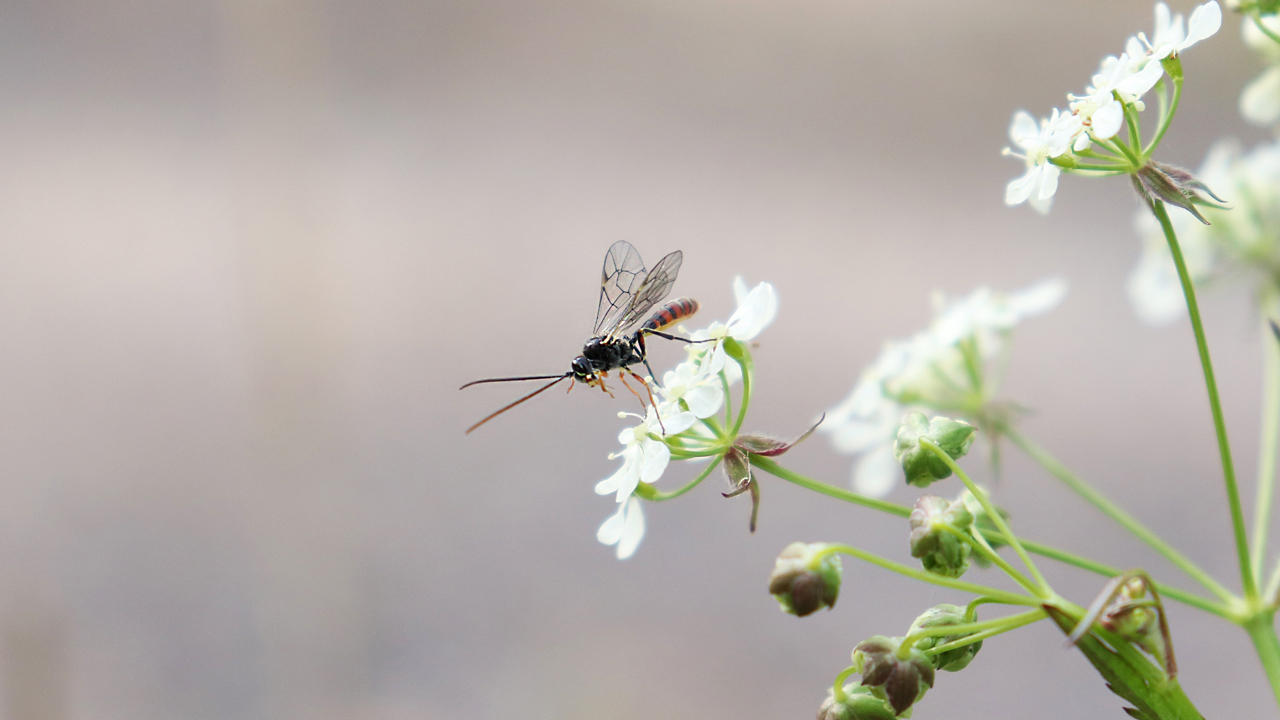
Attracting Pollinators
We love the smell of flowers, but those heady floral scents aren’t just for our benefit – they’re an advertisement of the rich rewards a pollinating insect might find when it visits. And if you’re a plant, pollination is much more cost-effective when the pollinators who visit are specialized to your blooms, making them more likely to carry your pollen to another bloom of the same species.
One of the ways plants use VOCs is to narrow down potential pollinators to those who are the most reliable. This can lead to some very specific relationships between a plant and its preferred pollinator. In one intriguing example, the extraordinary Rafflesia cantleyi – that plant with the bloom that smells like rotting meat – has tuned the chemical make-up of its scent so precisely that 97% of the flies that visit its blooms are members of the one species that can actually transport its pollen.

Responding to Environmental Factors
Other avenues of research have explored how plants respond chemically to changes in their environment too. Vogt describes how some plants send chemical signals underground that let nearby plants know the soil is drying out, meaning it may be time to conserve moisture by closing the stomata in their leaves.
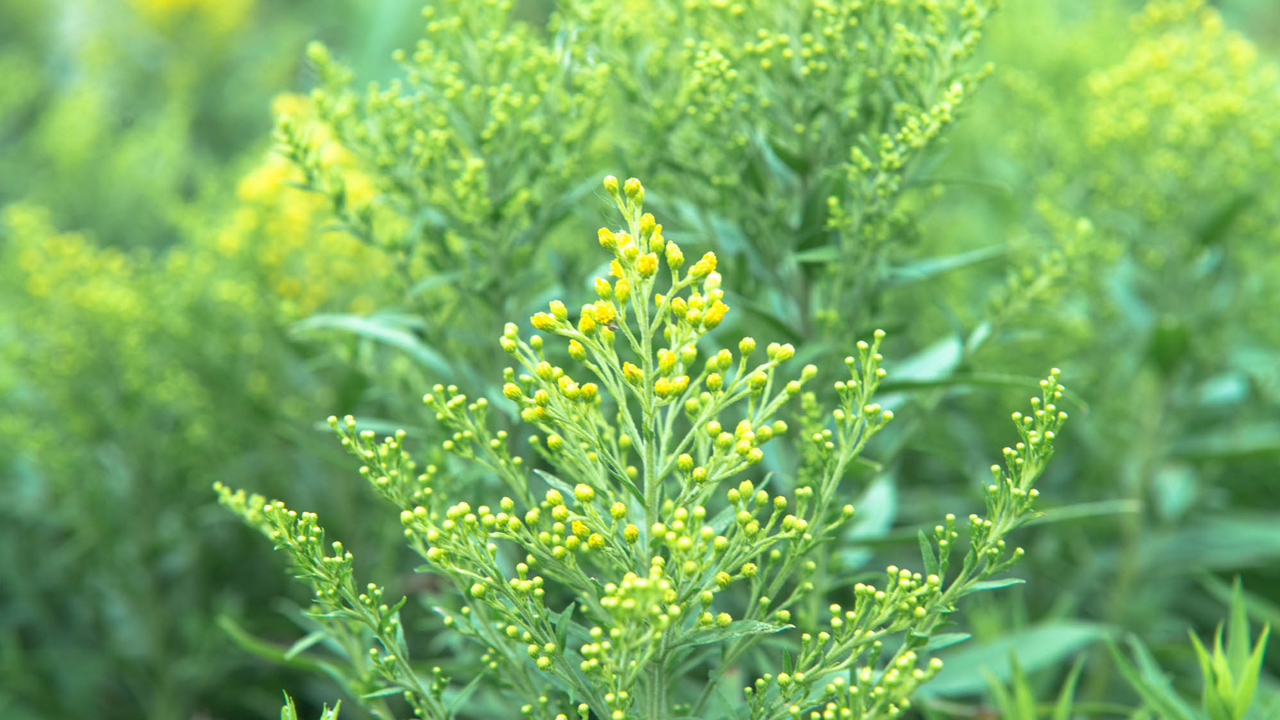
Supporting the Conversation
The natural world is a lot more complex than what we perceive just by using our own human senses. There’s still so much we don’t know – or can even imagine we don’t know. And in the field of plant communication, the research is still just beginning. It’s a reminder to respect the natural world as even more than a pretty backdrop for hiking or a source of great tomatoes for our sandwiches.
Before we pick out plants for our landscapes and gardens, we can take a step back and ask ourselves what we can do to support the great “conversation” that makes up a natural ecosystem. And whenever we can, we can choose native plants and supportive practices for our own gardens and landscapes that help facilitate that conversation, not drown it out.
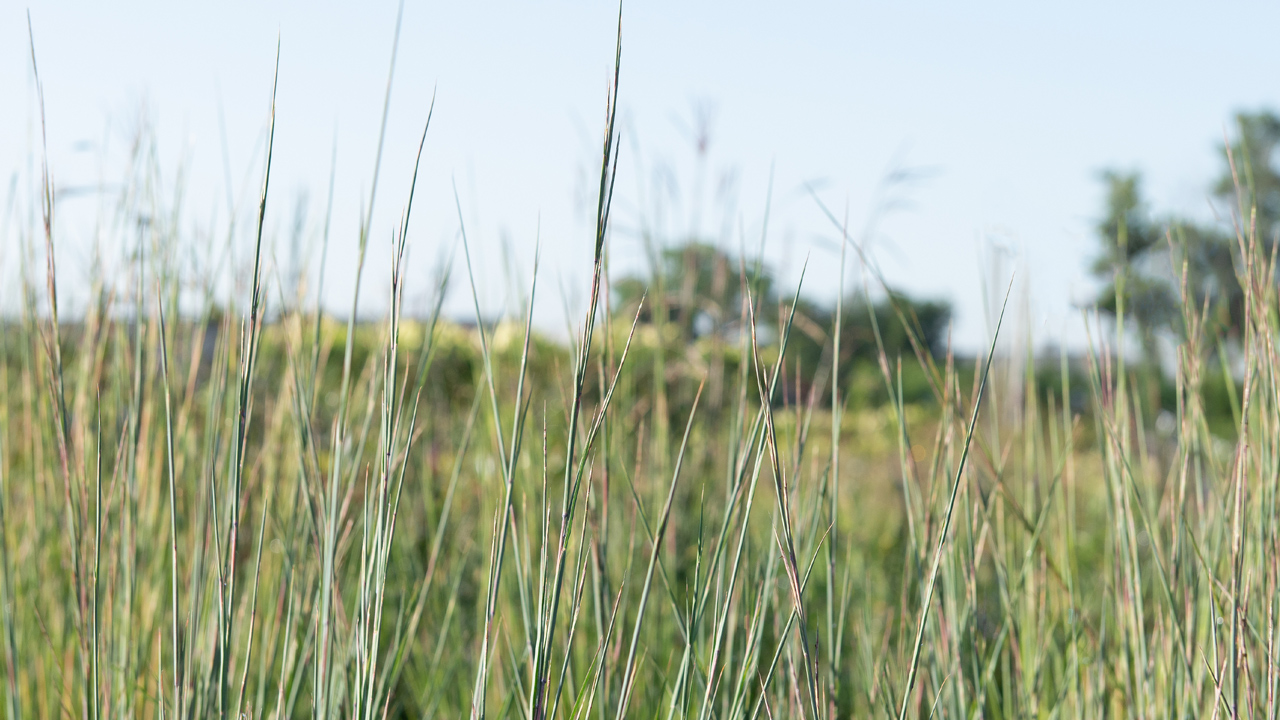
A New Perspective
For more thought-provoking conversations about the natural world and how we can participate in all its amazing complexity even in our own backyards, we hope you’ll pick up Benjamin Vogt’s book A New Garden Ethic the next time you visit the store. It’s an engaging, eye-opening read – and we guarantee you won’t look at those “silent” plants the same way again.

